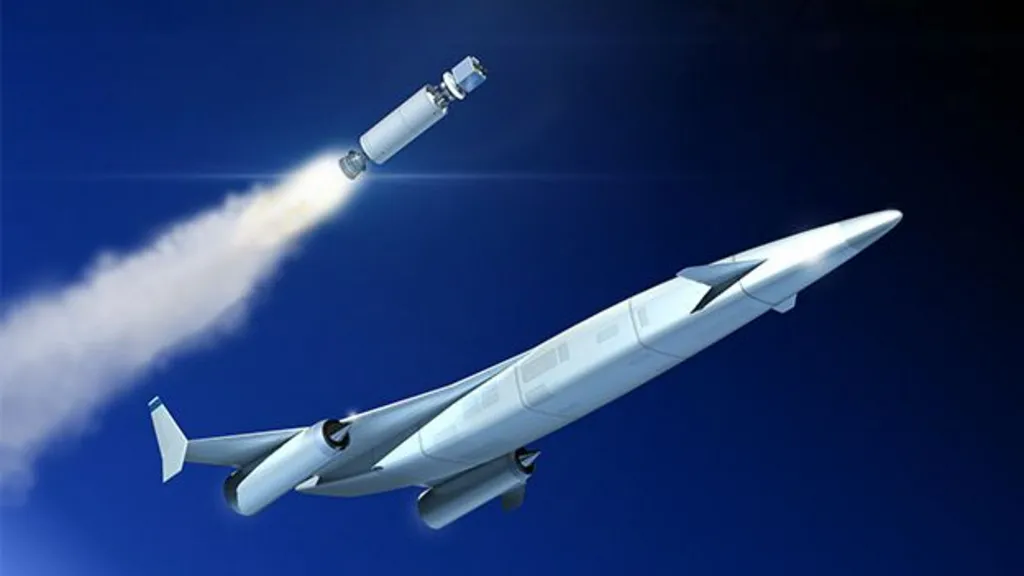
WafricNews – June 3, 2025
London, UK - In what was once hailed as one of Britain’s boldest engineering pursuits, Reaction Engines — the firm behind a revolutionary aerospace propulsion system — has shuttered its doors after failing to secure fresh investment, despite decades of cutting-edge research and technological promise.
The company, rooted in the UK's 1980s-era HOTOL (Horizontal Take-Off and Landing) spaceplane concept, was working on a radical jet engine designed to withstand hypersonic speeds by cooling incoming air that can soar above 1,000°C. The centerpiece? A futuristic heat exchanger system meant to keep the engine from melting under pressure.
But despite government support, partnership with Rolls-Royce, and backing from aerospace giants like Boeing and BAE Systems, the firm’s journey ended in what the tech world calls the "Valley of Death" — that critical phase between prototype and commercial breakthrough, where dreams often perish.
“It was going great until it fell apart,” said Richard Varvill, the firm’s co-founder and former Chief Technology Officer, speaking with rare vulnerability. “We were turning it around with an improved engine… and just as we were getting close to succeeding, we failed.”
Varvill attributes the downfall not to technical shortcomings, but to cold, hard cash — or the lack of it. As 2024 drew to a close, the company needed a fresh capital injection to continue. But investor enthusiasm dried up.
“Rolls-Royce said it had other priorities, and the UK military has very little money,” Varvill added, highlighting the harsh economics behind even the most advanced engineering dreams.
A Grim Ending for a Grand Vision
The final days were tough. Staff were gathered into the company’s lecture hall for a somber farewell. “The managing director said the board had tried everything,” Varvill recalled. “People were in tears. A lot of them were shocked and upset because they had hoped we could pull it off.”
Kathryn Evans, who led Reaction Engines’ hypersonic research for the UK Ministry of Defence, said there was hope until the very end. “There was a strong pipeline of opportunities,” she noted. But that hope came crashing down on October 31st, when 200 employees were let go — instantly.
In a moment now etched in memory, one staffer brought a Polaroid camera to capture the final hours. Portraits were pinned to a board with farewell messages. Evans’ note read simply:
“I will very much miss working with brilliant minds in a kind, supportive culture.”
The Fire Still Burns for Some
Adam Dissel, who led Reaction Engines’ U.S. operations, said the collapse didn’t stem from technical failure. “The tech worked. It was mature. But strategic investors weren’t excited enough to reinvest, and that discouraged others,” he said.
He doesn’t hide his disappointment. “Absolutely, we cried. My team put their hearts and souls into this. At our final meeting, we stood together and I said, ‘We still did great. Take a bow.’”
Still, there may be life after death. The company's intellectual property — the fruit of 35 years of effort — may yet find a buyer.
“We didn’t want it to go to rust,” Dissel said. “Maybe someone will pick it up. We were working at the very edge of what’s possible — the fastest engines, the highest temperatures. We bit off the hard job.”
Yet for all the ambition, Varvill’s final words carry a sobering lesson for innovators everywhere:
“We failed because we ran out of money.”
By WafricNews Desk.


Comment
To post a comment, you have to login first
LoginNo Comments Yet...